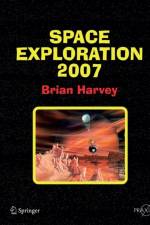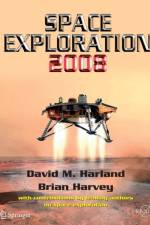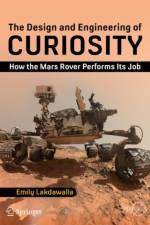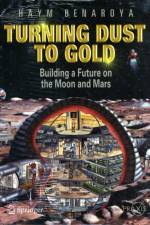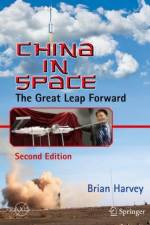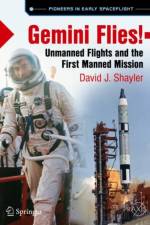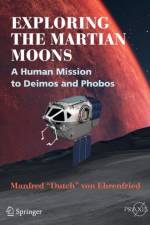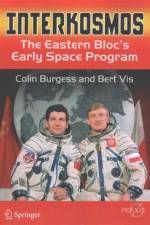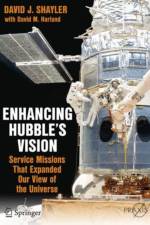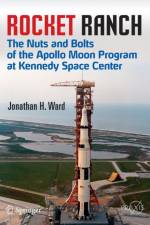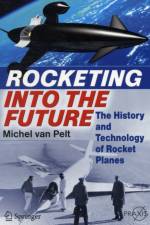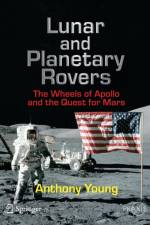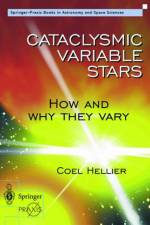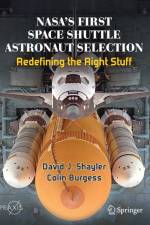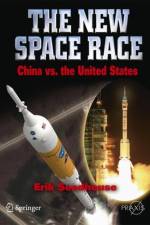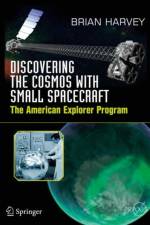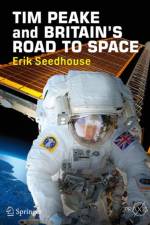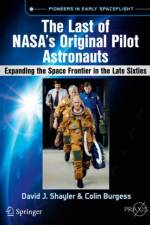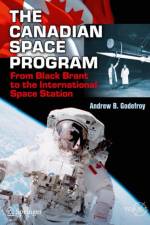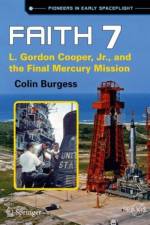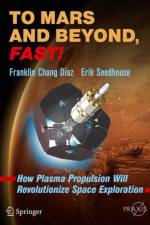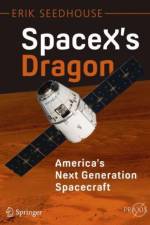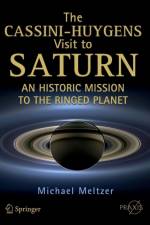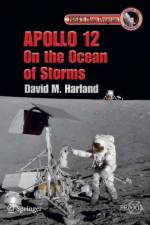- Redefining the Right Stuff
av David J. Shayler
501
Unofficially they called themselves the TFNG, or the Thirty-Five New Guys. Officially, they were NASA's Group 8 astronauts, selected in January 1978 to train for orbital missions aboard the Space Shuttle. Prior to this time only pilots or scientists trained as pilots had been assigned to fly on America's spacecraft, but with the advent of the innovative winged spacecraft the door was finally opened to non-pilots, including women and minorities. In all, 15 of those selected were categorised as Pilot Astronauts, while the other 20 would train under the new designation of Mission Specialist. Altogether, the Group 8 astronauts would be launched on a total of 103 space missions; some flying only once, while others flew into orbit as many as five times. Sadly, four of their number would perish in the Challenger tragedy in January 1986.In their latest collaborative effort, the authors bring to life the amazing story behind the selection of the first group of Space Shuttle astronauts, examining their varied backgrounds and many accomplishments in a fresh and accessible way through deep research and revealing interviews. Throughout its remarkable 30-year history as the workhorse of NASA's human spaceflight exploration, twice halted through tragedy, the Shuttle fleet performed with magnificence. So too did these 35 men and women, swept up in the dynamic thrust and ongoing development of America's Space Shuttle program."This book on the Group 8 Astronauts, the TFNGs, is an excellent summation of the individuals first selected for the new Space Shuttle Program. It provides insight into what it took to first get the Space Shuttle flying. For any space enthusiast it is a must read." - Robert L. Crippen PLT on STS-1 "As a reader, I had many moments where long, lost memories of the triumph and tragedy of the space shuttle program were brilliantly reawakened at the turn of a page. Loved it! This is a must-have book for every space enthusiast's library." - TFNG Mission Specialist Astronaut Richard 'Mike' Mullane, author of Riding Rockets: The Outrageous Tales of a Space Shuttle Astronaut"Many of the anecdotes in the book brought back memories of challenges, opportunities, and a team of men and women who were committed not just to the space program, but to one another...I've gone back to it several times as a reference source." - TFNG Steve Hawley, 5-time Space Shuttle Mission Specialist Astronaut "The TFNG book is incredible and amazingly thorough! The detail in the book is awesome! It is my go-to book for any of the details I've forgotten." - TFNG Dr. Rhea Seddon, 3-time Space Shuttle Mission Specialist Astronaut."I can't believe how detailed and complete it is!!! FANTASTIC work!!!" - TFNG Robert L."Hoot" Gibson, 5-time Space Shuttle Pilot & Commander and former Chief of the NASA Astronaut Office

